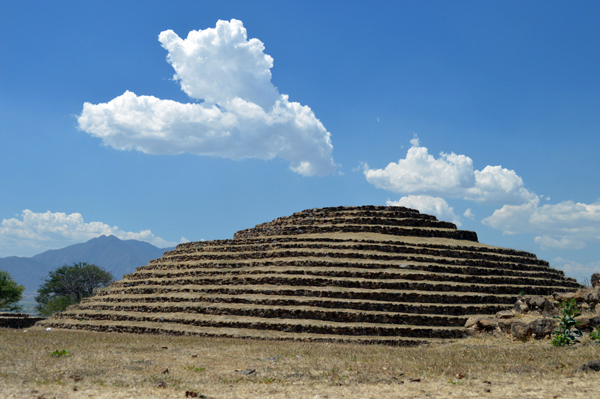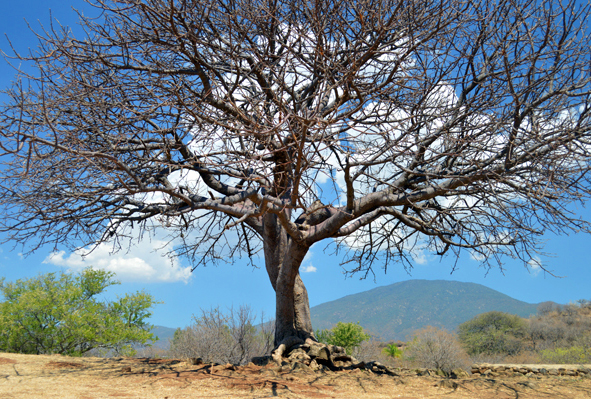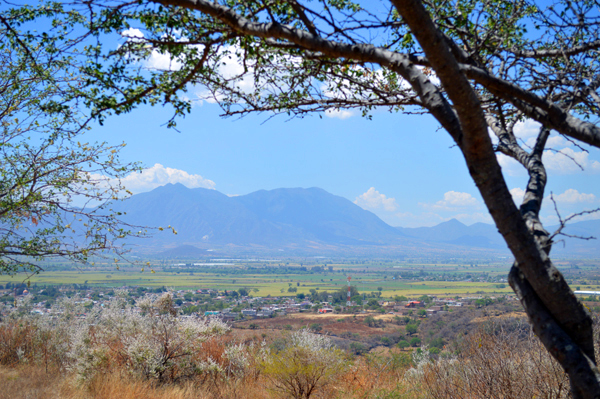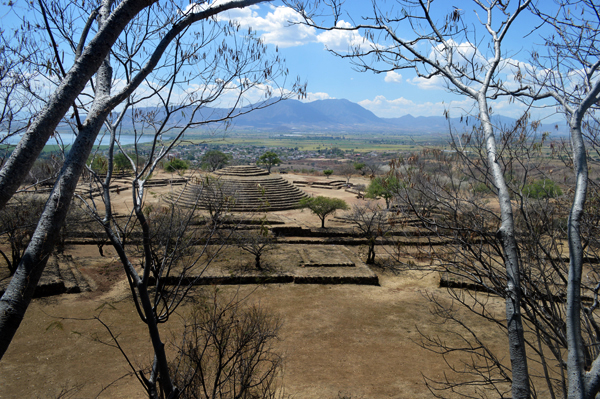Note: All the photos to date in this blog about this particular place were photographed in the dry season. I recently had the chance to go again in the wet season when the grass is green and the place is more photogenic. These first ones then are the most recent.
An hour or so from here by the shores of Lake Teuchitlán are the Guachimontones-a partly excavated set of circular pyramids with attendant ball court. They predate most of the great central American civilizations. The people who created the site are part of what is called the Teuchitlán culture, named after the nearby town. For some eight hundred years from about 350 BC to 350 AD their culture flourished.
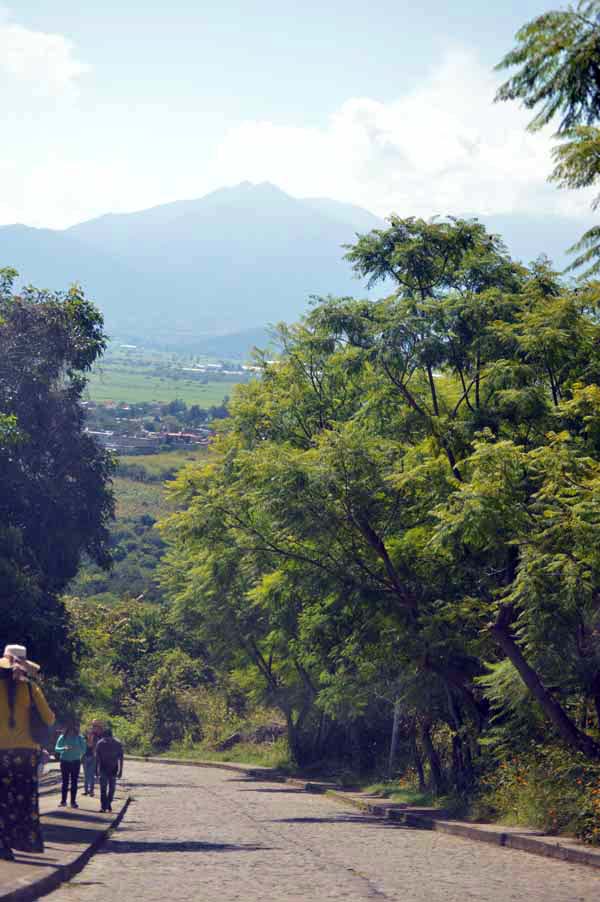
Above it is a steep hill one has to walk up to the first plateau looking down on the town and the lake. It’s a beautiful spot.
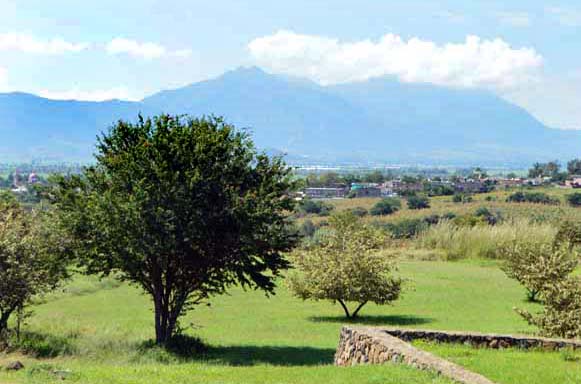
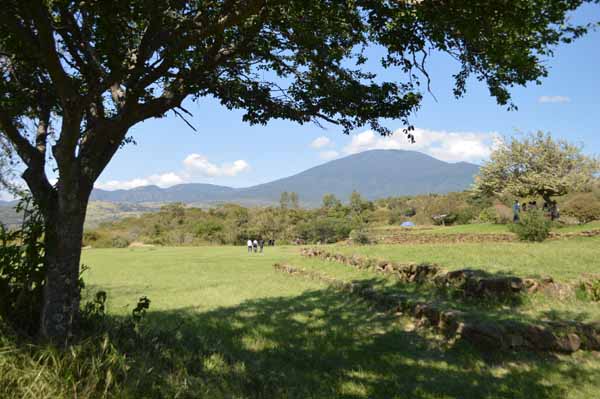
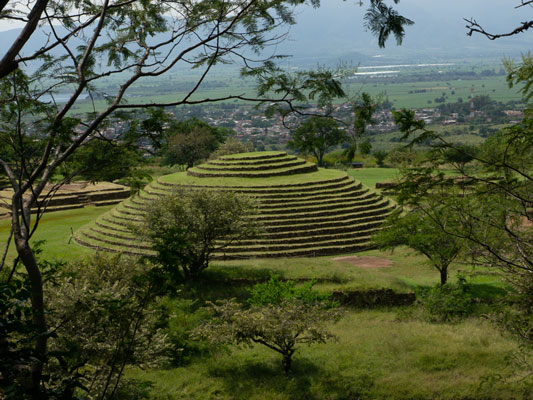
Photo above is courtesy of Sarasota Sam my photographic amigo. Compare it to the very last photo on this page.
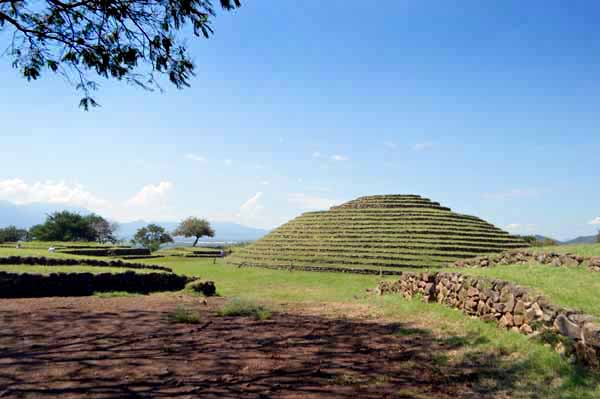
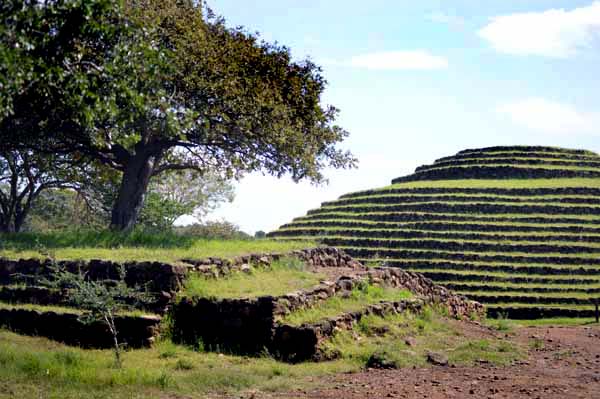
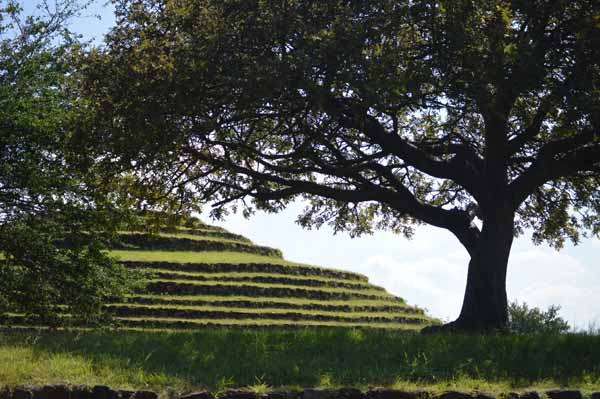
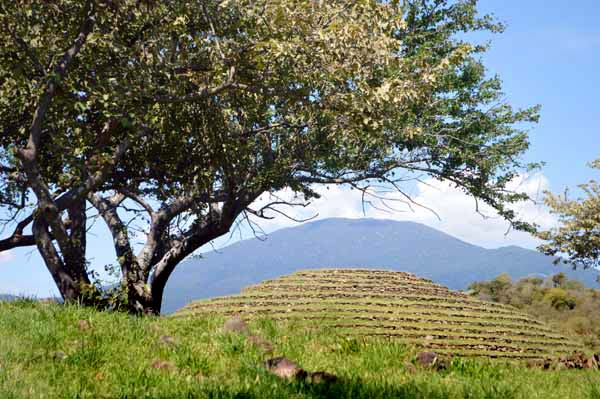
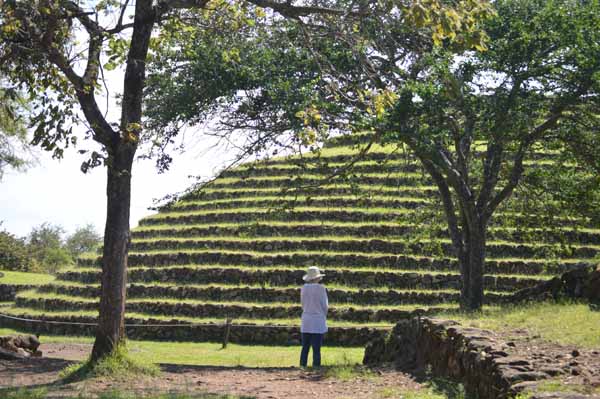
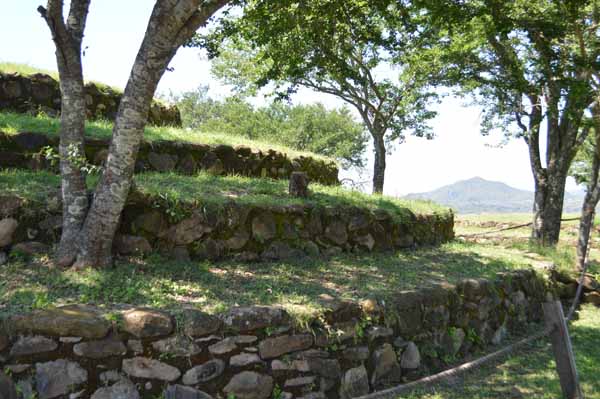
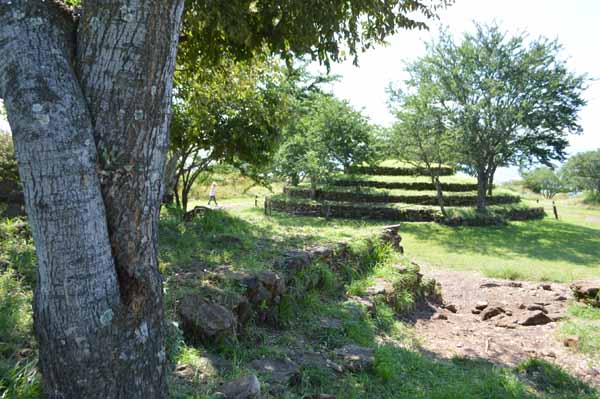
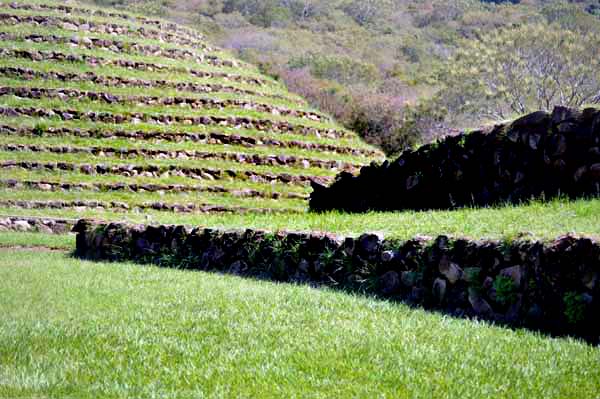
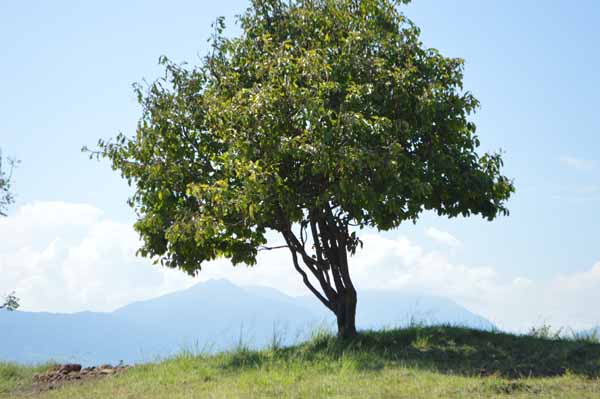
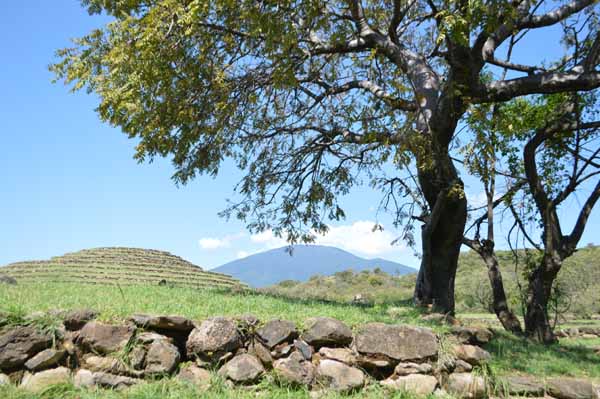
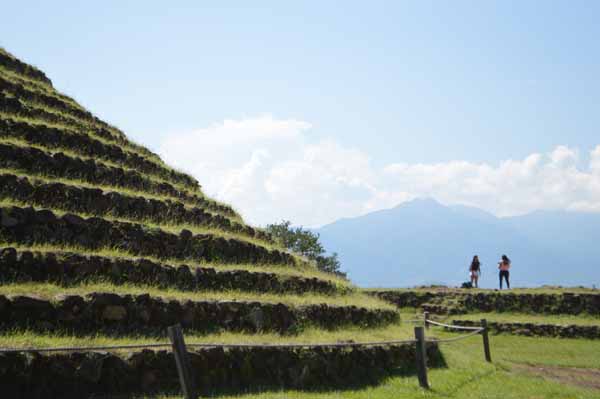
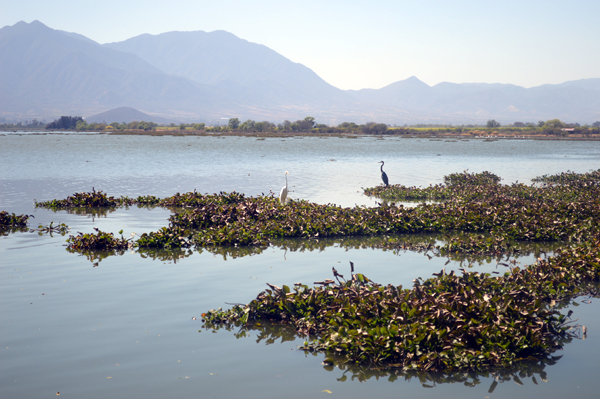
Perhaps up to 40,000 people lived here at one time. It was only excavated in the late sixties after the wife of the archeologist Phil Weigand saw obsidian shards in a nearby creek and thought perhaps there would be a community nearby. What has been unearthed is only ten percent of what is there. It is believed that the area within the ruins was restricted to nobility and the priesthood, except on special religious occasions. Most of the ancient people lived at the bottom of the hill, in and around modern-day Teuchitlán.
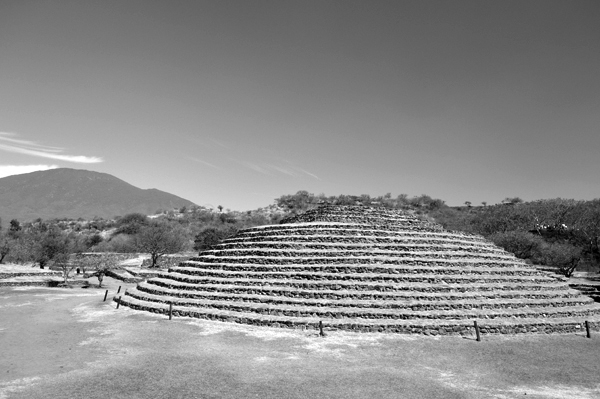
Above-Thirteen levels to represent the lunar months and on top four more for the four directions.
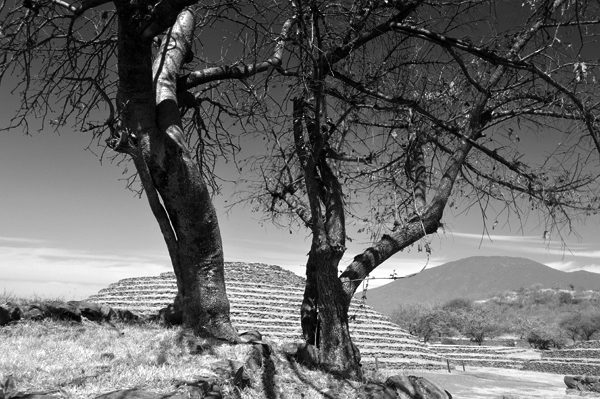
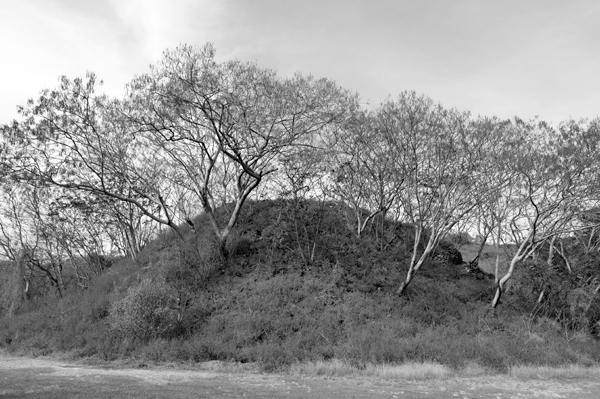
This photo shows how the Guachimontones site looked when the archeologist- Phil Weigand first arrived. There are still many such hills which have yet to be uncovered.
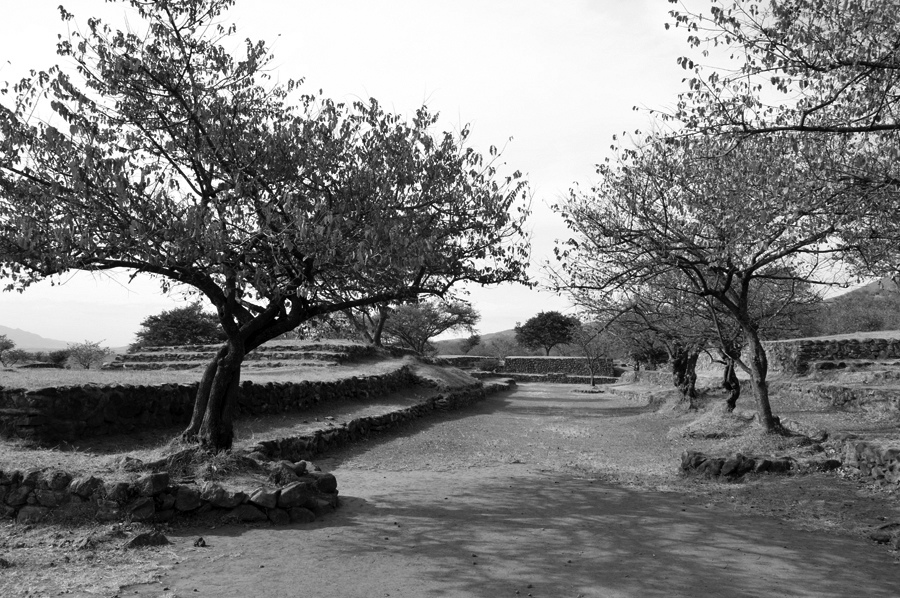
Above– One of two ballcourts. The games were used for conflict resolution. It was their judicial system. The players could only use their hips to move the ball. In some cases the losing teams captain was killed. Not in all cases but probably for the most serious cases involving war or deaths.
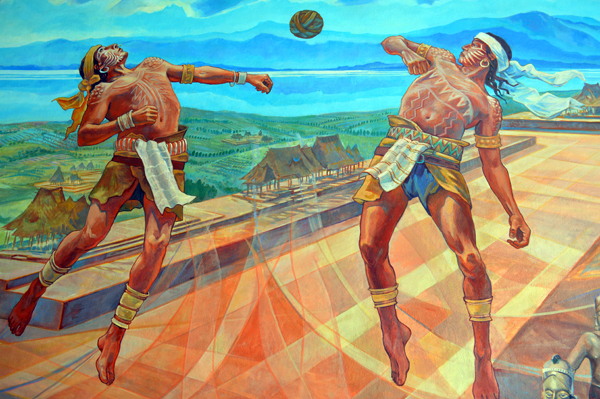
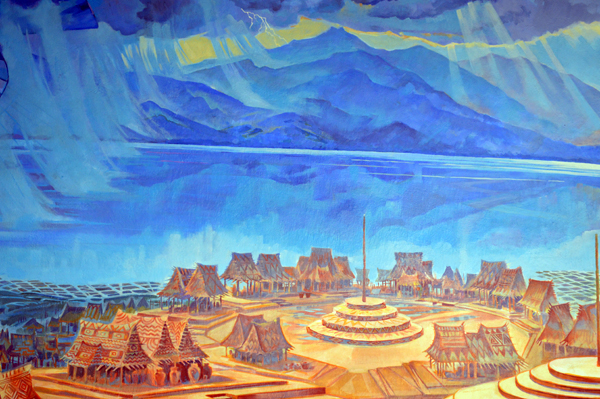
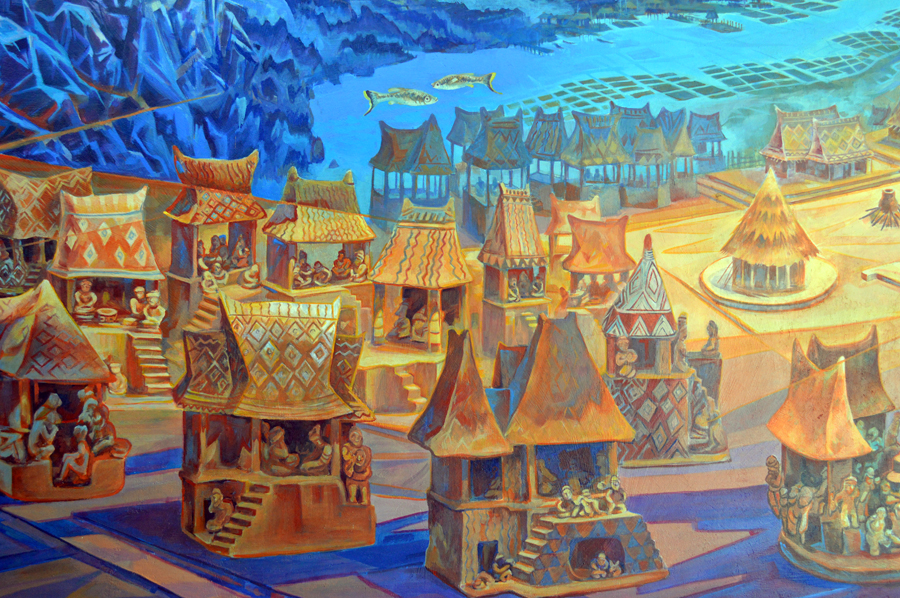
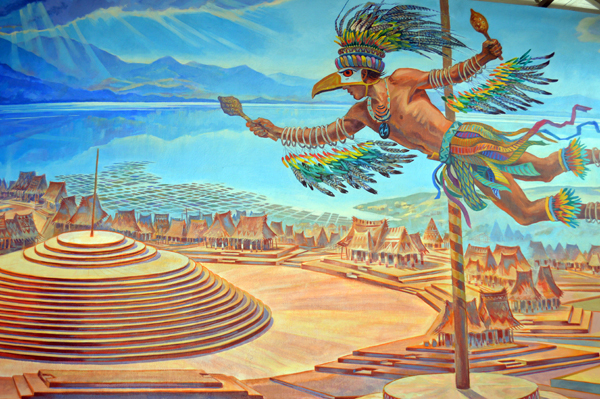
Above-This mural in the Museum shows the priest who would balance on a pole atop a pyramid as part of the east- or wind direction. Variations on this are still practiced in parts of Mexico.
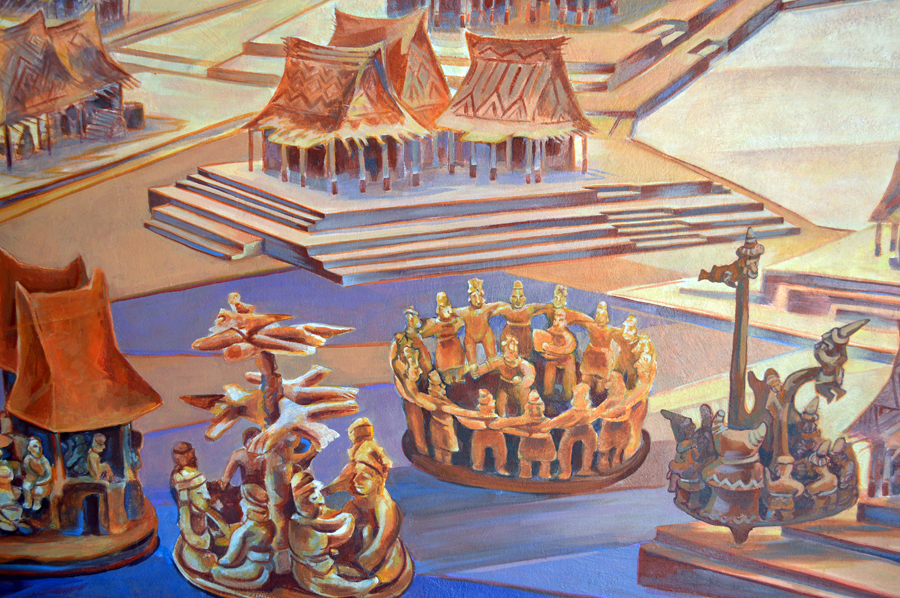
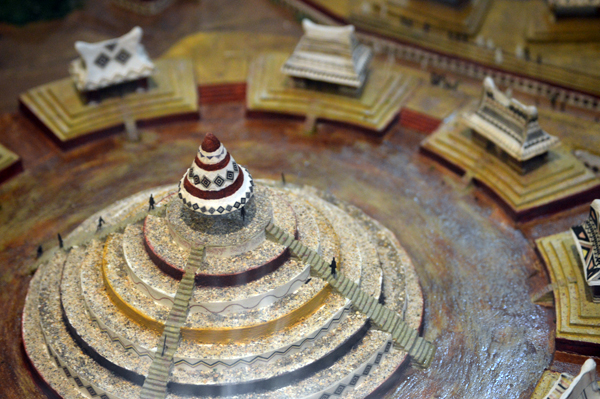
They buried their dead in shaft tombs going down some 4o feet. It is from these tombs we know much about them from the artifacts discovered. Below are some in the local museum. What is delightful about them is their humanity. Very playfull and non warlike imagery.
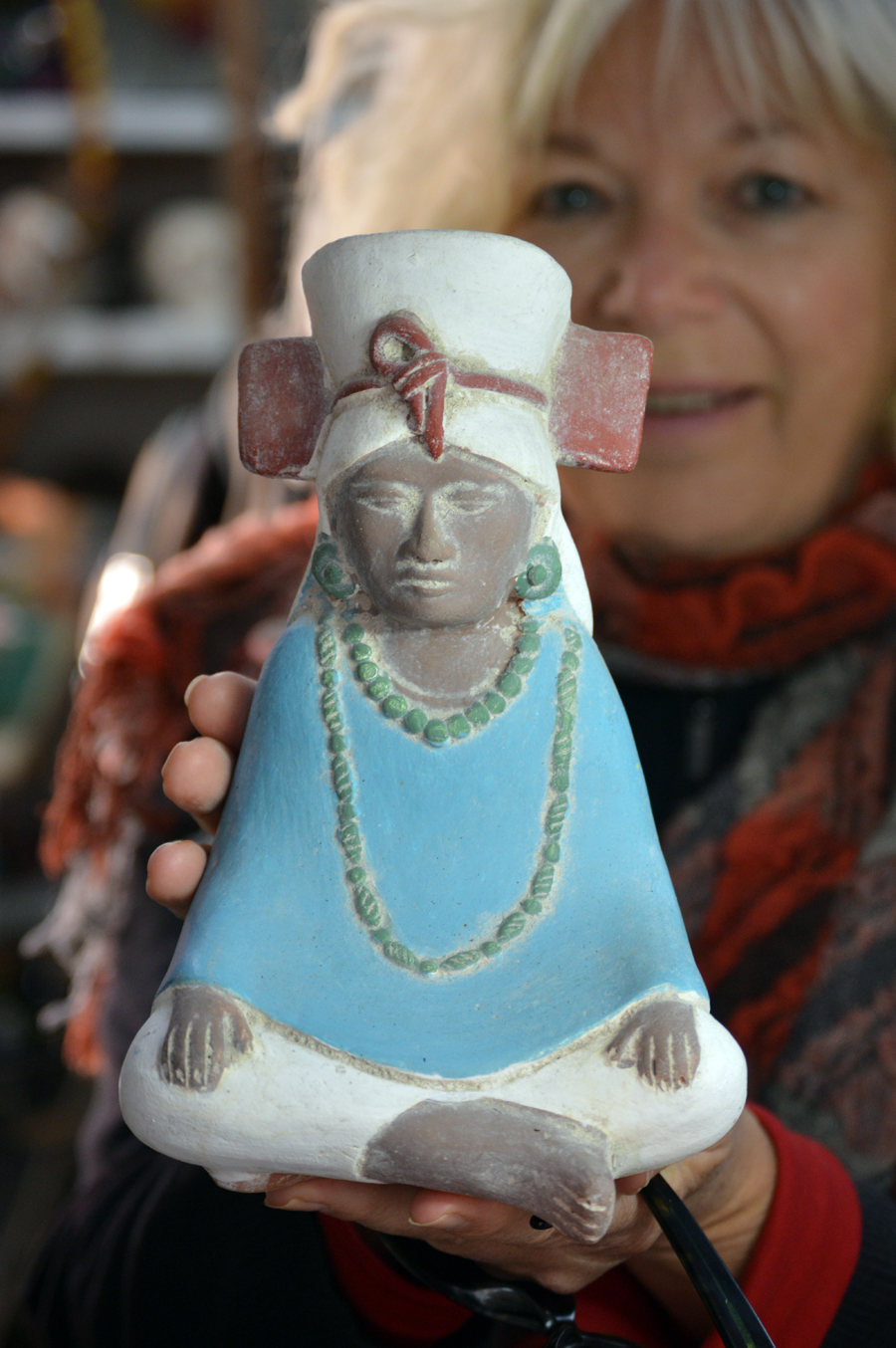
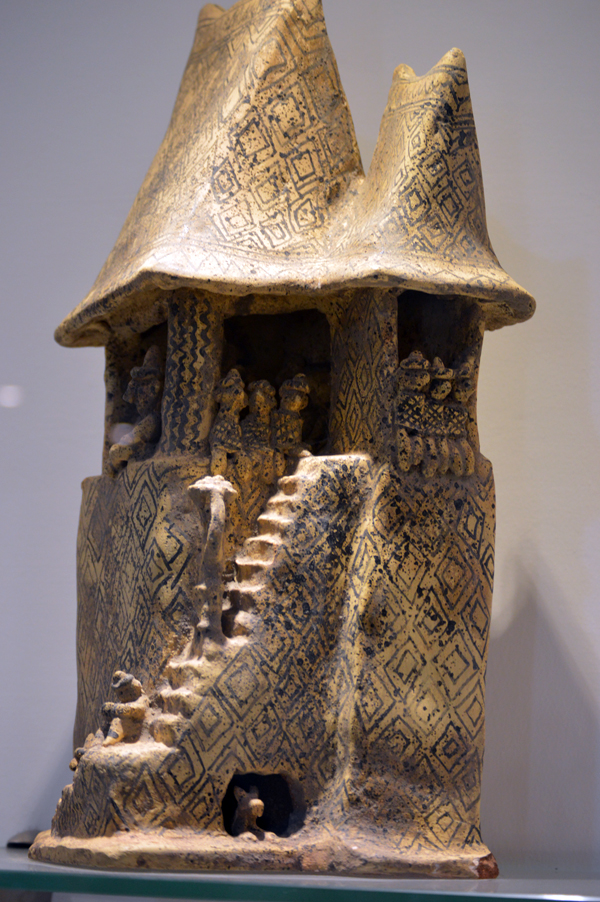
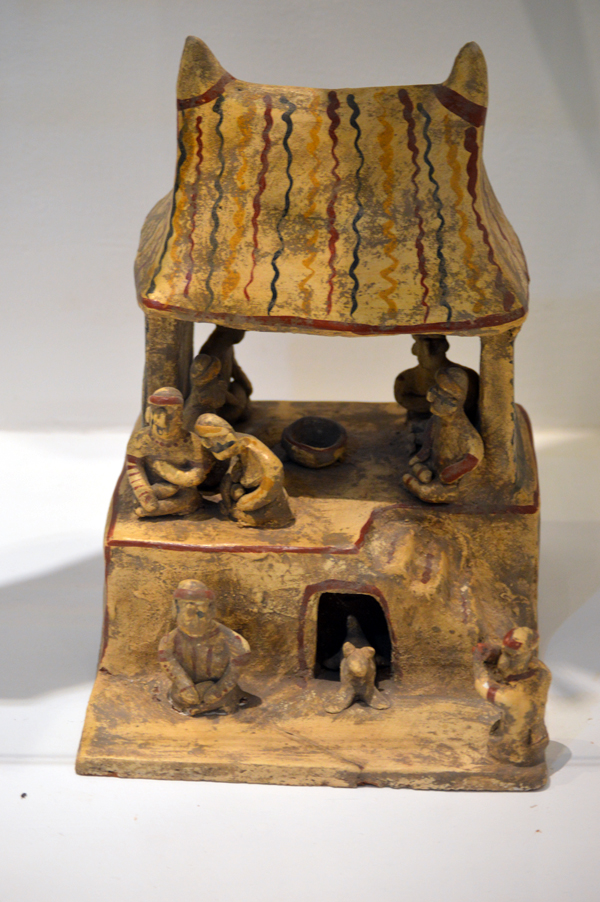
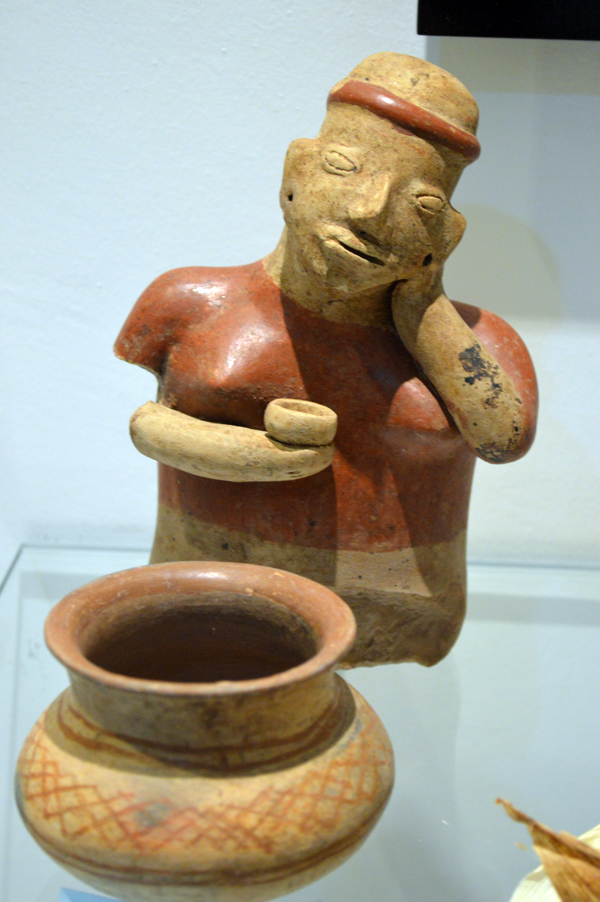
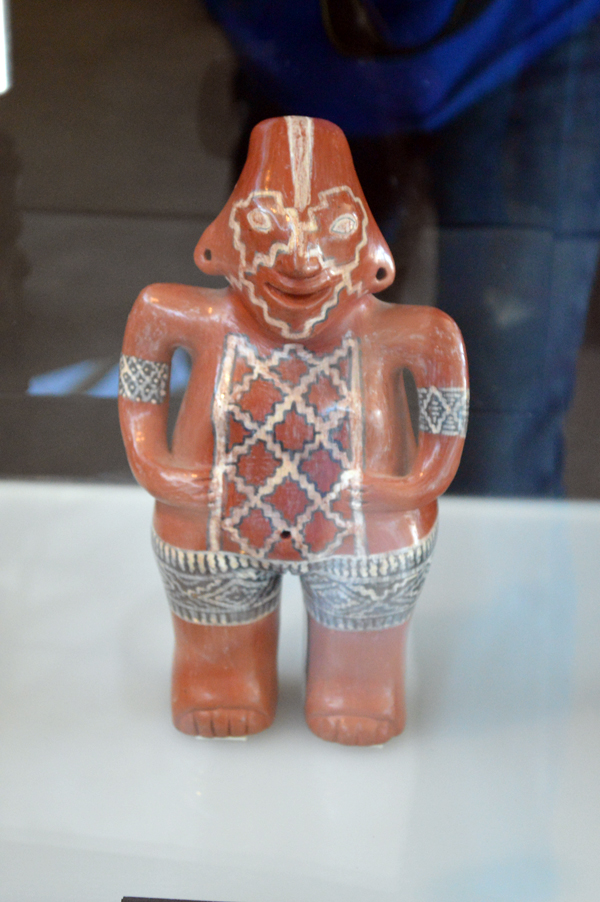
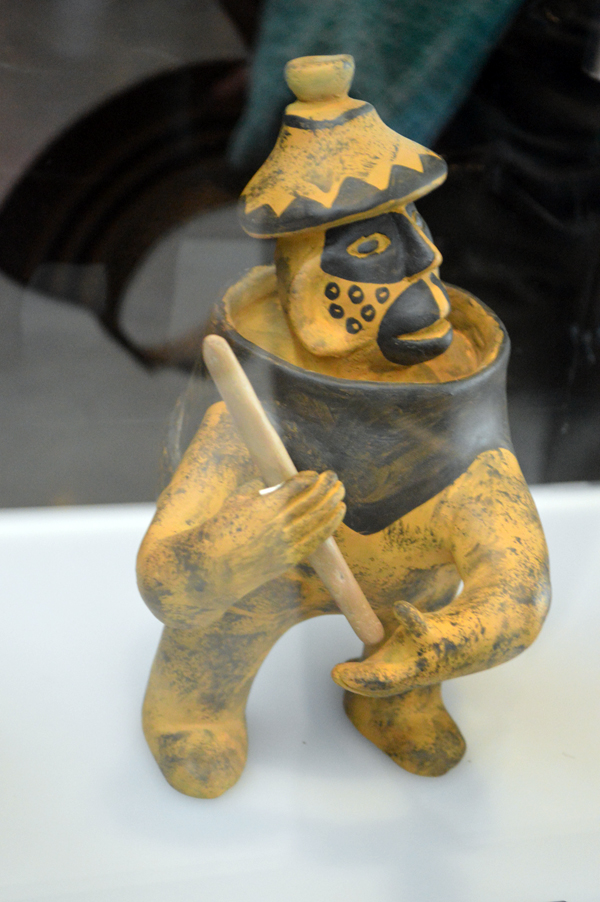
This must have been a relatively idyllic existence with a warm climate much game in the hills, fish in the lake, and much prized local obsidian to trade with. They also built islands in the lake to farm vegetables and corn.
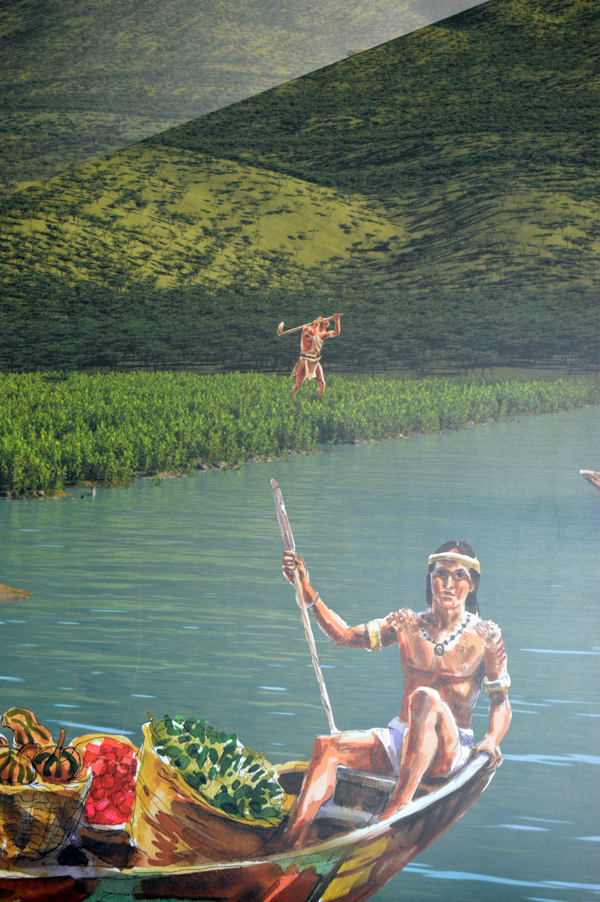
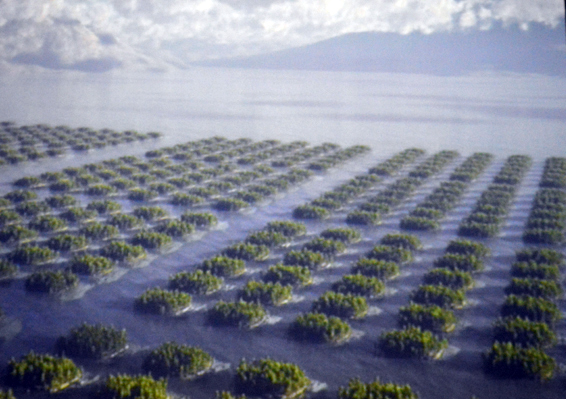
There are more than 1000 ancient obsidian mines in the area, and the people used the volcanic glass to produce knives, spearheads, mirrors, jewelry, and macahuitls, or flat-bladed swords.
Below-Return visit in March of 2016
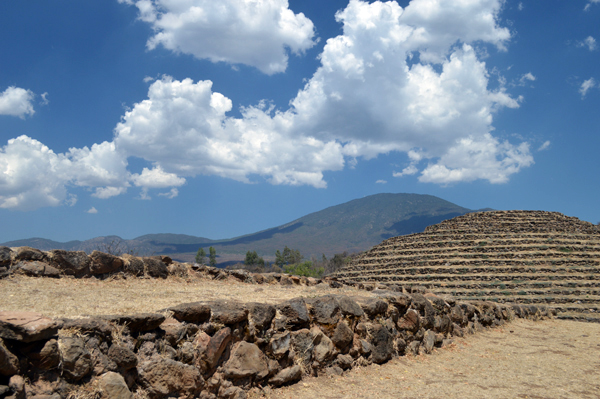
Above-In the distance the Tequila Mountain. The well known town is on the other side.
